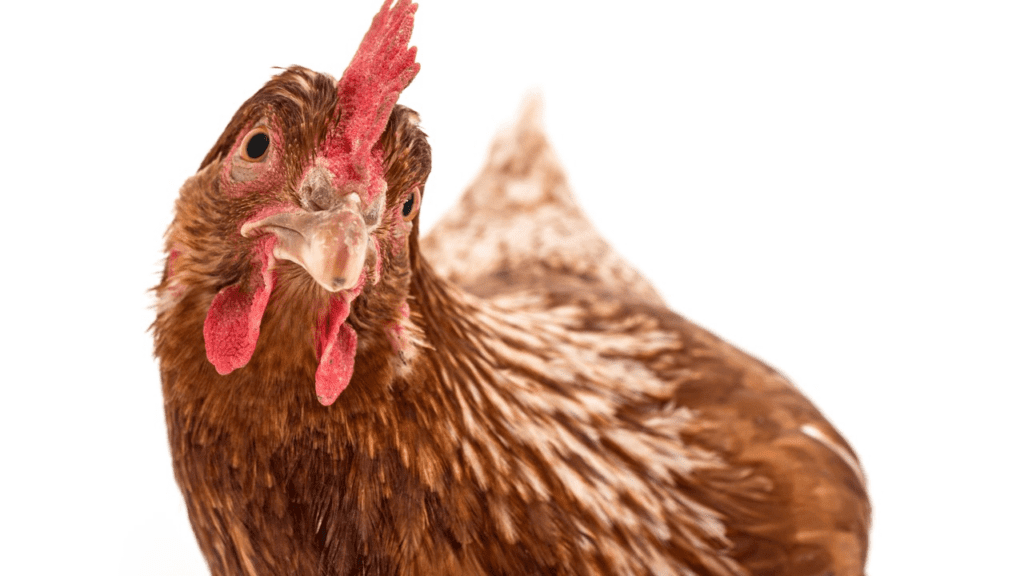It is well known that avian influenza (AI) has been particularly concerning this year, affecting many poultry producers from laying hens to breeder operations. This has led to a limited supply of point-of-lay hens and, consequently, hens that are still in production will need to be pushed to produce eggs for longer than the normal 85 weeks we are used to in South Africa – up to 100 weeks or even longer. In general, South African poultry farmers have not needed to push their hens this far as there is a good market for so-called spent hens, but we are now forced to think about the production of the long-life layer.
We are faced with numerous challenges that will influence the success of layers reaching 100 weeks of production while still producing sufficient eggs to remain profitable. These challenges include the quality of our pullets and therefore how well they have been fed and taken care of during rearing, eggshell quality in late lay, which often declines, leading to a higher percentage of cracks, and osteoporosis, which can become a welfare issue and lead to birds being culled early.
During pullet rearing and the laying cycle, especially referring to late lay, understanding mineral nutrition becomes crucial with the goal of improving persistency and saleable egg output. What needs consideration for pullets during rearing is reaching a good body weight as well as proper skeletal development for bone reserves. Bone mineralisation is dependent on minerals such as calcium (Ca), phosphorus (P), zinc (Zn), manganese (Mn), and copper (Cu) and therefore we need to understand the requirements and availability of these minerals.
Ca and P nutrition in laying hens are of utmost importance, but this is not a new topic for any laying hen nutritionist. Sources for supplying P in laying hen diets, such as monocalcium phosphate (MCP) have become increasingly expensive, and this has brought into question the efficacy of the phytase enzyme used, as well as what phytase dose will be the most economical in a laying hen diet.
In terms of the minerals Zn, Mn, and Cu, it is well known that these minerals play a role in skeletal development and have critical roles in eggshell formation during the laying period. Unfortunately, not all minerals available on the market are the same in terms of availability and efficacy. We know that supplementing these minerals in the organic form often produces better results compared to their inorganic counterparts, but then it becomes important to be able to differentiate between different forms of organic minerals and accurately determine what the return on investment would be when these minerals are supplemented. Furthermore, the timing of supplementation of these minerals in the production cycle should also be considered to further provide the optimal economic return.
Chemuniqué provides the knowledge and strategies needed for the long-life layer and we are confident in the solutions that we bring to our customers in supporting them to produce better pullets and supporting their laying hens to reach beyond 100 weeks of production while limiting the percentage of cracks and achieving ample saleable eggs. Please contact your Chemuniqué representative to have an in-depth discussion about any of the above topics.
Anneleen Swanepoel is a poultry layer specialist at Chemuniqué. She holds a bachelor's degree in animal science from the University of Pretoria, as well as a master's degree in aquaculture from Auburn University in the United States.










